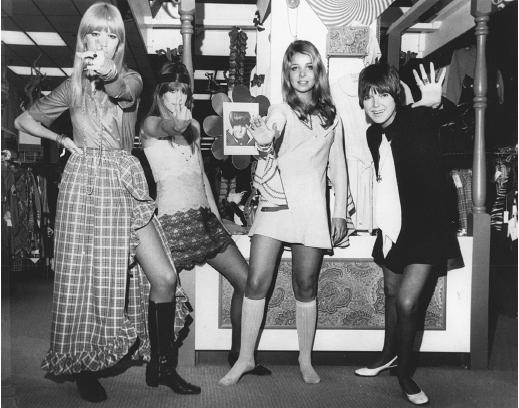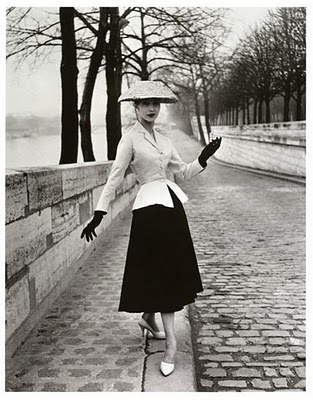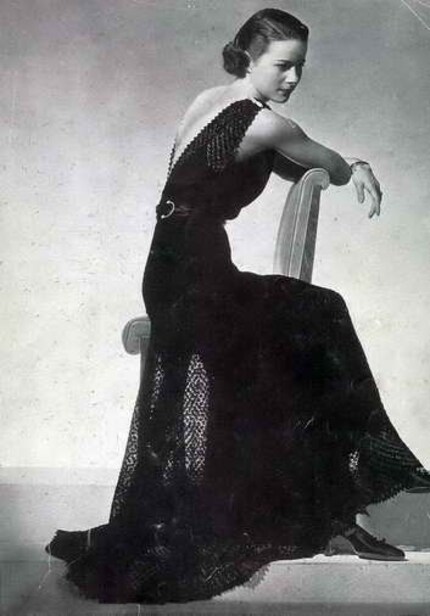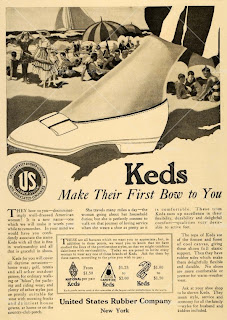
The '90s embraced a sense of minimalism in a way that had not been witnessed for decades. While the 50's and '60s enjoyed a flirty, ladylike period, the '70s all but defined the punk and disco scenes and the '80 paid homage to all things colorful and retro, it seemed almost a shock to the industry that styles would suddenly shift so dramatically.
The transition from the 80's to 90's was gradual and didn't happen overnight. Over a period of time the shoulder pads flattened, the jewellery got casual, everything just became more minimalistic.

The early 90's witnessed the birth of Grunge. Alternative rock bands and the music of the decade did play a prominent role in the styles popularity. The style was defined by items such as the 'Doc Marten' shoes, flannel shirts and baggy trousers.
The late 90's still embraced the relatively neutral palettes of the early 90's but was growing increasingly more in favour of colour. Women who before wore the baby doll tops and pointed flat boots, now had chunkier footwear and boot cut denim. tops became more fitted and shorter. the trend was largely influenced by young Hollywood.
Goth styles also had great popularity in the 90's, the style was largely defined by black - and lots of it.
The 90's style did seep into the 21st century and does influence today's fashion, but all in all, the last 100 years will always influence the next in the fashion industry.






















